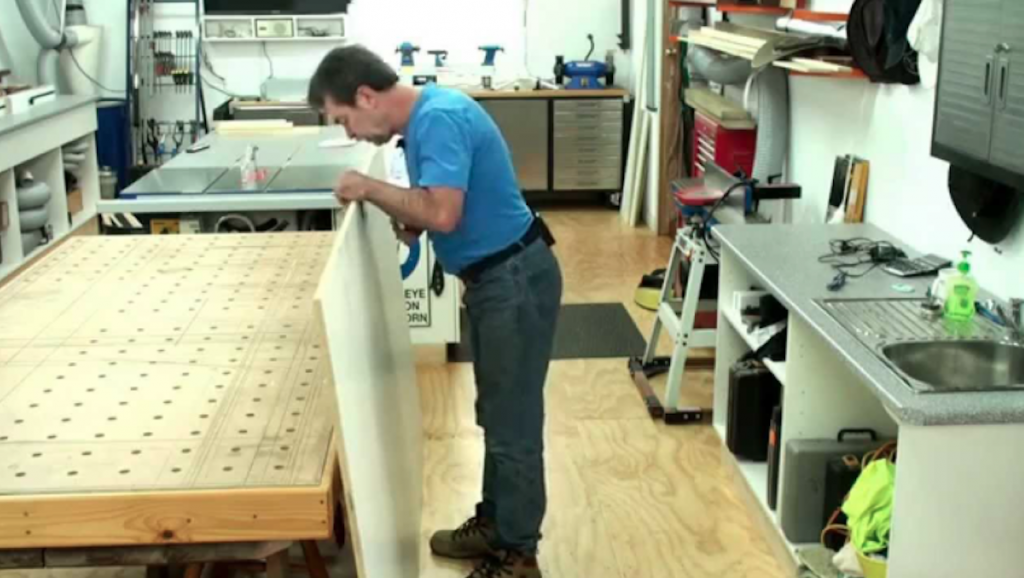Marine Plywood is an ideal material for boat construction. Whether lodge, barge, or any water-driven vehicle, they are usually manufactured using marine Plywood. In marine plain wood, there are some assessments and features that affect its cost directly.
Why Plywood is used by people these days?
The material has a high humidity capability. Moreover, it does not quickly decay. So your boat’s inside isn’t going to damage too much. It is an ideal construction material along these lines. It is justifiably much more expensive than various materials.
Alternatives to Marine Plywood
I will reveal some great options for you if you are looking for cheaper but strong development material for your boat compared to Marine Plywood. These materials will help you create your fishing and other water experiences on a conservative but lasting boat.
Cement Fiber Panel
It is one of the best alternatives for plywood skirting. Concrete fiberboard is among the most common boat construction options. This is a mixture of cement and wood beams. The FCB mix has smaller wooden filaments to improve its strength. These strands are joined together with concrete for extra strength and strength. Better dampness is the opposite in the light of concrete. It can also provide more assistance in manufacturing the dividers and roofs from this material. In addition, you can render the interior stylistic layout like cupboards with FCB because of its lightweight. This is a versatile option because you can use one material to build the whole boat. In comparison to conventional hardwood, it’s much lighter but still incredible. Adaptability is one of the additional benefits of FCB. It is easier to twist to be able to do it even on bent surfaces.
Most of your ship’s parts are sure to get wet. The Fiber Cement Board is a superb alternative to counter moisture in these lines. It’s less costly and more agreeable to deal with than other choices.
Fiberboard of Medium Density
Fiberboards became a well-known swap for most types of timber. This thing is because it is much lighter and more productive. They are much more robust and more cost-effective. Specifically, medium density boards are a much sought-after planning decision.
Fiberboards of medium density are made of softwood strands. There are thin filaments of wax gum tightly. It’s not all wood, but it’s sturdy and more flexible than ordinary wood. It is mainly invisible to humidity since it uses tar-based holding. Wax gum is a high-strength material. This allows you to imagine the power of the fiberboard. Standard sheets of wood are manufactured with them when made. The sheets should therefore have high pressure and warmth factor that increases their strength and adaptability. I love how soft the fiberboard is. The system will assemble stands, splitters, roofs, and the deck of the ships. You may also prepare for a flawless drifting experience with your inside cupboards and furniture.
Plywood Birch
Birch Plywood can be a good option if you’re looking for something powerful. Birch pressed wood has extensive uses for the development of boat parts. In any event, these components cannot be reduced in water entirely. Submersion reduces the hardness of the material.
Birch Plywood uses Northern Europe-based B/BB grade wood. The ring-like structure of the birch trees strengthens them extra and hardness. Moreover, Northern Europe is cold all over, so these trees are covered in a chilly climate. Birch Plywood is a fantastic option for inside the hull. With consistent openness to humidity, they lose solidity. They are fit for the furniture and inside of the ships. You can create Plywood’s façade and centers.
One of Birch Plywood’s features is that it is far more intelligent than other alternatives. The synthetic materials are almost unexpanded, and so there is a solid, frequent wood convergence.




